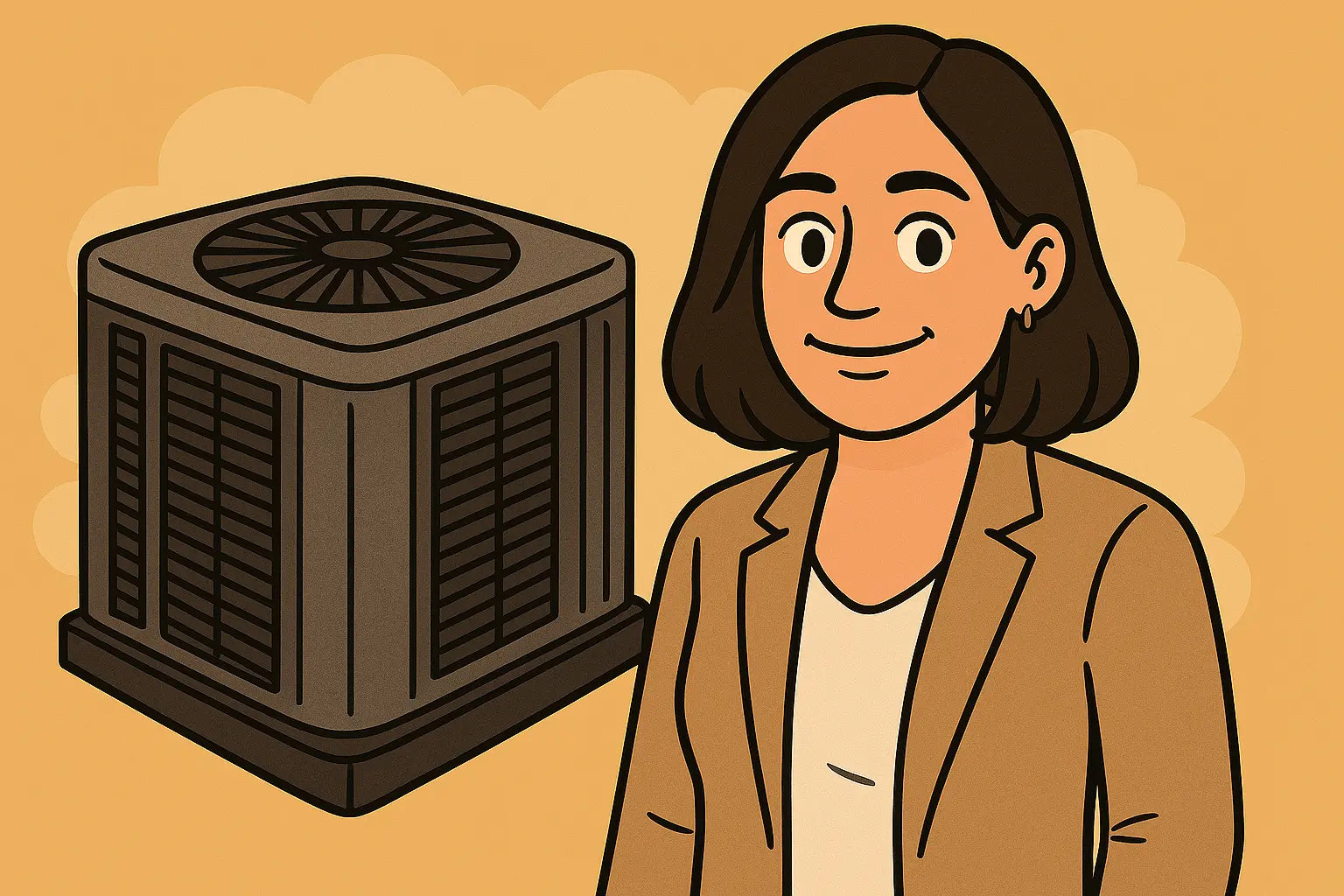Let’s Clear the Air — Literally
So, your HVAC system is humming along… but something feels off. Maybe the rooms farthest from the unit aren’t cooling like they used to. Maybe you’re sweating in the kitchen while the thermostat reads a cool 72°F. Or maybe your vents feel like they’re barely pushing air. Welcome to the world of low airflow woes — and trust me, it’s more common than you think.
The good news? It might not be a mechanical failure. More often than not, the culprit is hidden in static pressure or a poorly matched air filter.
Let’s talk diagnostics, starting with airflow science you can actually use.
What Is Static Pressure — And Why Should You Care?
Static pressure is the resistance to airflow in your ductwork, kind of like water pressure in a pipe. Too high, and your system works overtime trying to push air. Too low, and your airflow is weak and uneven. In both cases, your energy bills go up, comfort goes down, and system longevity takes a hit.
According to Contractor Magazine, improper static pressure is one of the most overlooked issues in HVAC systems — and one of the easiest to prevent if you know what to look for.
First Sign Something’s Off: Uneven Airflow
Start with a walk-through of your home. Are some rooms noticeably cooler or warmer than others? Are any vents whispering while others are roaring?
This unevenness could be caused by:
-
Dirty or restrictive filters
-
Closed or blocked vents
-
Poor duct design
-
Incorrect DIP switch airflow settings
-
High static pressure
Before calling in a technician, start with a filter and a flashlight.
The Filter Fix: Don’t Overdo the MERV
Higher isn’t always better when it comes to air filters. Yes, MERV 13 can trap the smallest particles — but it can also choke your airflow if your system isn’t designed to handle it. The Goodman AMST36CU1300, for instance, is optimized for airflow efficiency but still needs the right balance.
According to the National Air Filtration Association (NAFA), MERV 8–11 is ideal for most residential systems unless you have severe allergy concerns. Anything higher may increase static pressure beyond design specs.
Pro Tip from Savvy Mavi:
If you recently upgraded to a high-MERV filter and noticed decreased airflow, swap it back to an MERV 8 and see if comfort improves. It’s an easy test — and it could save you from costly service calls.
How to Check Static Pressure — Without Fancy Tools
If you don’t have a manometer handy (and let’s be honest, most homeowners don’t), look for these signs of elevated static pressure:
-
Warm air blowing from supply vents during cooling
-
Whistling sounds near the air handler or return grille
-
Short cycling, where your system turns on and off rapidly
-
A noisy blower motor, working harder than it should
If you're seeing these symptoms, it's time to bring in a pro for a full static pressure test.
Air Fixture calls static pressure testing the “blood pressure check” of HVAC health — a simple reading that reveals a lot about system performance.
Filter Ratings + Static Pressure = Airflow Math
Here’s the equation you didn’t learn in school:
High-MERV Filter + Undersized Return + Long Duct Runs = Choked Airflow
Modern, energy-efficient systems like the Goodman GLXS4BA3610 + AMST36CU1300 combo are built to move air precisely. But airflow is a system, not just a part. A filter that’s “too good” or ductwork that’s undersized can mess with everything.
If you're consistently battling airflow issues, have a technician perform a Total External Static Pressure (TESP) test and verify that your filter choice aligns with system specs.
What You Can Do Today
Here’s your homeowner-friendly checklist:
✅ Swap your filter for a MERV 8 or 10
✅ Open all vents — yes, even in rooms you don’t use
✅ Inspect the return grille — it should be clean and unobstructed
✅ Check your coil for dirt buildup (a known airflow killer)
✅ Listen — whistling, buzzing, or humming may signal pressure issues
✅ Schedule a tune-up that includes static pressure testing
The Bottom Line from Savvy Mavi
Low airflow isn’t just a comfort issue — it’s an efficiency and longevity issue too. If your Goodman R-32 system seems to be struggling, it’s time to check filter ratings and static pressure before you start replacing parts. Often, a better filter match or a ductwork tweak is all it takes to get that fresh, full flow of air you paid for.
And if you haven’t upgraded to an efficient, properly matched system yet, take a closer look at the Goodman 3 Ton 14.5 SEER2 R-32 Air Conditioner and Air Handler System. It’s designed with airflow optimization in mind — but even the best system needs the right support to perform like a dream.
Curious as to why this systems are a good match? Visit: Why the GLXS4BA3610 and AMST36CU1300 Work Best Together.
Stay savvy,
– Savvy Mavi







